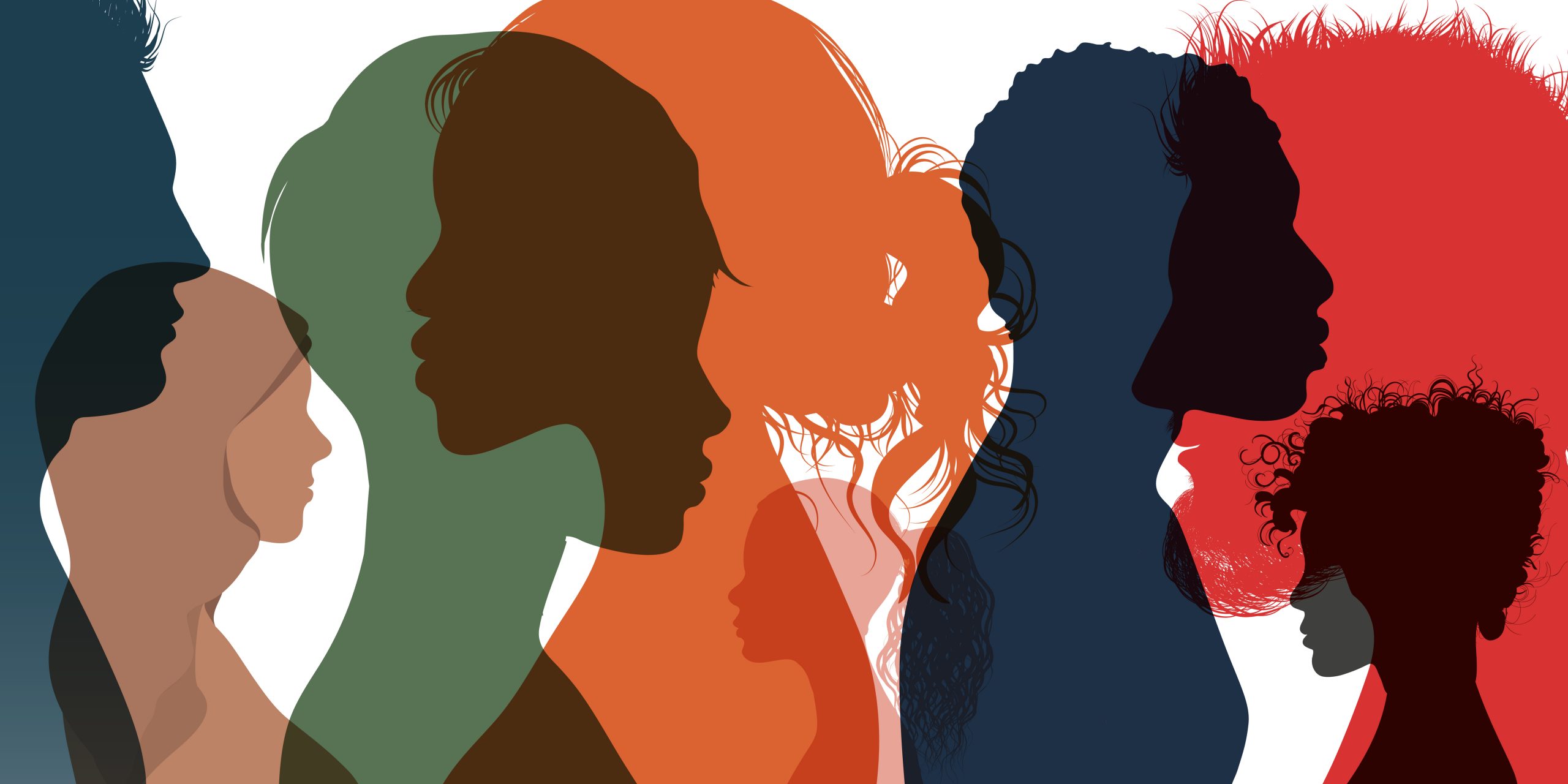Alice Murage summarizes her presentation made at a research seminar hosted by the Center for Gender & Sexual Health Equity on 25 May 2021. Her presentation shed light on the Canada’s COVID-19 policy response in light of the Gender Based Analysis Plus (GBA+). It is based on an analysis conducted for an upcoming journal article co-authored with Julia Smith.
What is GBA+?
Gender Based Analysis Plus (GBA+) is defined by the federal government’s department Women and Gender Equality Canada (WAGE) as an, “analytical process that provides a rigorous method for the assessment of systemic inequalities as well as a means to assess how diverse groups of women, men, gender diverse people may experience policies, programs, and initiatives”. It considers not only gender but also other intersecting identity markers such as race, ethnicity, age, different abilities, income level.
The government’s GBA+ commitment can be traced back to its 1995 commitment to advance gender equality as part of its ratification of the United Nations’ Beijing Platform for Action: A commitment that was augmented in the Action Plan on Gender-based Analysis (2016-2020). At the provincial level British Columbia, while not fully implementing the GBA+ framework, made a commitment in 2018 to ensure gender equality is reflected in all budgets, policies, and programs, and created a Gender Equity Office.
Prior research demonstrates that gender equity concerns and commitment are often neglected and deprioritized in public health crisis when, as Julia Smith put it, the ‘tyranny of the urgent’ takes over.
Canada, and the province of British Columbia, are relatively unique in their gender equity commitments and offer a critical case to explore gender equity considerations in light of COVID-19 response.
Our assessment of the GBA+
In this study, we analysed both government documents from the federal and provincial levels and the lived experiences of 36 key informants and interviewees from March-July 2020. We highlighted three key policy areas that the UN COVID-19 Global Response Tracker highlighted as critical for a gender-sensitive response – gender-based violence, economic security and unpaid care.
We found that the GBA+ was narrowly applied in the COVID-19 response.
- Only two social and economic policies, implemented during the research period, met the definition of gender-sensitive measure. Both addressed gender-based violence where the approach was to fund shelters and sexual assault centers and virtual mental health services.
- The overt focus on gender-based violence positioned women as victims, as opposed to highlighting their role in sustaining the COVID-19 response through their unpaid care work.
- The focus on financial relief did not necessarily translate to meet needs nor ease the triple burden on women.
The implementation of the GBA+ mitigated, but did not reduce, inequalities nor offer protection against further rights violations.
Key take-aways
Gender-based violence:
“There was a case of domestic violence . . . it’s very triggering to be close in the proximity of my ex. And because our kid’s not going to daycare any more we have to do the exchanges in person.”
- Stay-at-home advisory messaging ‘stay home, stay safe’ did not acknowledge that home is not a safe place for everyone. Service providers reported increased prevalence and severity of violence against women with helpline calls in the city of Vancouver increasing by 300% in April 2020.
- Government funding to shelters filled pre-existing funding needs and catered for new COVID-19 related demands such as requirements around physical distancing and creation of isolation units.
- Shelter does not equal security. Some women made a difficult choice of staying in abusive situations because of perceived risk of exposure to COVID-19 in shelters.
- Transition to virtual mental health support created barriers for many who lacked the technology and/or privacy for those who were self-isolating with abusive partners.
- Drivers of gender-based violence included childcare interruptions which increased conflict and contact between separated parents, and court closures in cases of protracted conflict.
“Transition houses in BC have the highest rates of casual staff of any province or territory…folks move from house to house…And maybe work at a school or in a nursing home.”
Economic security:
“My fear was I don’t have food for my son in the fridge. That was my biggest fear because I know I have money in my bank account, but there is nothing in the store and I feel like I’m supposed to not take my son.”
- Women were disproportionately impacted by loss in employment and reduced hours, partly due to their concentration in low-paid, part-time, or temporary work they were more likely to experience job losses and reduced hours. It was also a reflection of gender roles associated with the types of job that were likely to be done by women.
- Many respondents reported received financial relief from the government and appreciated the simple application process. Relief had more than just financial impacts, as it also improved mental health and reduced anxiety.
- Money, however, does not equal necessities. Single mothers shared how lack of childcare meant that they were not able to go to grocery stores or that they could not find what they needed because of supply shortages.
- Eligibility criteria for the main benefits program for individuals (Canada Emergency Response Benefit – CERB) excluded newcomers, part-time workers, and essential workers who left employment out of fear of infection. The requirement of prior earning of at least $5,000 in 2019 is estimated to have excluded 175,000 workers. These barriers were mirrored at the provincial level with the eligibility for the BC Emergency Benefit for Workers tied to that of CERB.
“She was so stressed her hair was falling out in clumps … So, when the government came out and said there would be money for university students that they could apply for, I mean, she was just thrilled.”
Unpaid care work:
“I became, you know, the person responsible for the kids 24/7 and it sort of became obvious that I’m the person responsible for the kids…He doesn’t have to do anything.”
- COVID-19 resulted in a triple burden primarily shouldered by women: Paid work; unpaid work (childcare, home schooling, increase care needs for elderly parents); and domestic and community management.
- Financial support through funding of the childcare sector and increases to the Canada Child Benefit did not translate to access to childcare for many parents.
- Unpaid care work came at a high cost for women. Mothers lost paid work or reduced their work hours; their work productivity reduced; they experienced increased level of stress, anxiety, and mom-guilty; and they did not find time or energy for self-care.
- Home schooling resulted in educational gaps due to lack of technology and financial resources for some parents; newcomers facing language and knowledge barriers in facilitating home schooling; and parents with children with disability being cut off from services.
“His teacher sent the homework, and I should study first by myself and then explain to my son…that was a big headache for me because it’s so hard…I’m not good in English language and everything that we learned in school is different than here”
Our recommendations
- Continue applying GBA+ assessments at the federal level and extend the practice to the provincial level.
- GBA+ should not just recognize gendered risk in policy process but also indicate if related risks have been addressed.
- Invest in addressing the drivers of gender-based violence alongside responses to it, including securing access to justice and childcare.
- Centre lived experienced in the GBA+ and engage people in the policy processes. People we spoke to shared insightful and creative ways the government could have met their needs better.
- Address gender norms that force women out of the labour market during crisis and find ways to ease the triple burden on women.
- Ensure access to necessities, as well as finances.
- Close the gender wage gap.
- Address digital divide fault lines
- Improve access to mental wellness services and support.
- Adopt a gender-responsive pandemic plan. The Gender and COVID-19 Project team has developed a framework for creating a gender-responsive plan which highlights key priority areas to address






